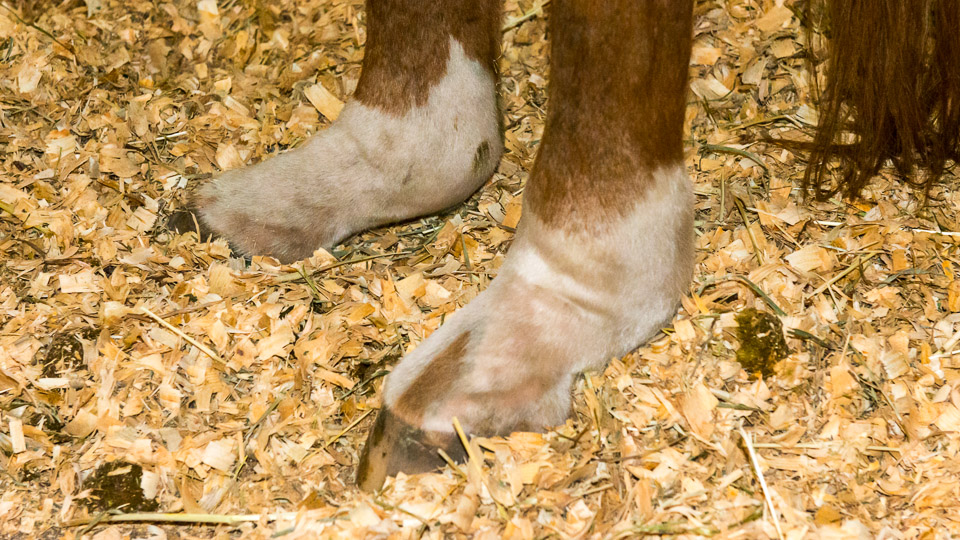
Horse Musculoskeletal Diseases – Dropped Fetlocks (DSLD)
Welcome to this topic page. Right now I have not written an article and summary but be sure to check for images in the gallery.
As time moves on I am adding summaries and articles, videos and podcasts so eventually there will be something on every topic. Please be patient but if you are impatient, please contact me to encourage me to work on a specific topic. Go to the forum for “New Content Requests” and I’ll get right on it. Thanks for visiting this topic page. Doc T
**CONTINUED IN ARTICLE TAB**
Related material – Sometimes I have a lot of material here that I have written, podcasted, video blogs and other things. They will be listed in this tab.
Use the browser back button or menu to return to the index of topics.
⬇︎ CLICK ANY IMAGE BELOW TO REVEAL MORE INFORMATION ⬇︎
I have not written an article for this topic but be sure to check the captions of the images below.
As time moves on I am adding articles, videos and podcasts so eventually there will be something on every topic. Please be patient but if you are impatient, please contact me to encourage me to work on a specific topic. Go to the forum for “New Content Requests” and I’ll get right on it. Thanks for visiting this topic page. Doc T
Any videos related to this topic will be added here.
- Additional tables
- Links to other in house articles
- Links to outside articles
- Reference material used in developing this topic.
There are no related articles here if you don’t see linked items.


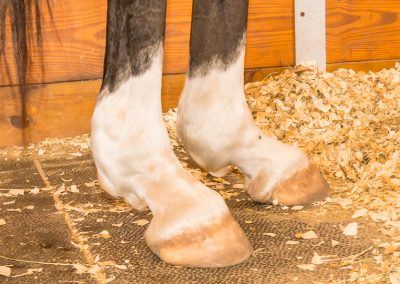
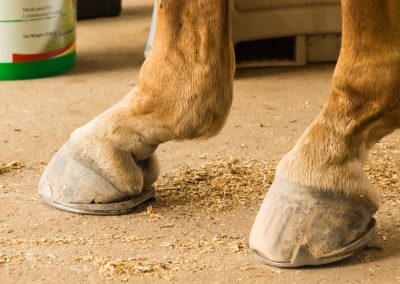
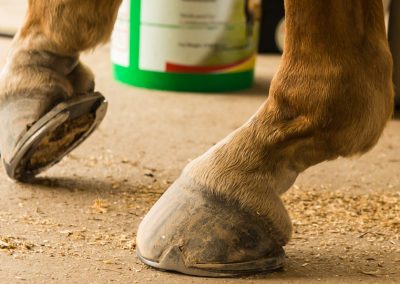
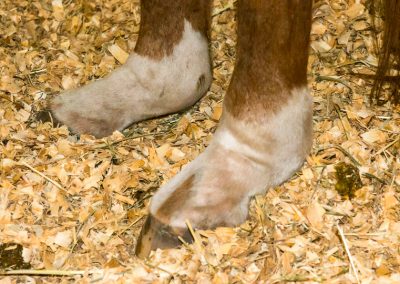
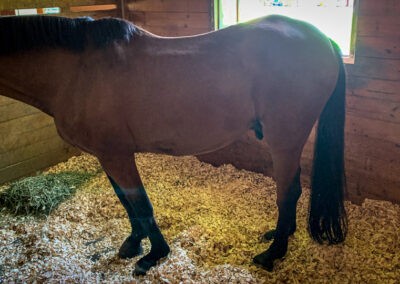
I had a horse diagnosed with Equine Systemic Proteoglycan Accumulation, dropped hind fetlocks, when he was 13. Diagnosis was made by vet observation and ultrasound. I provided the horse all the medical support I could find: monthly injections of pentosan and of Legend, daily doses of Equoxx, joint injections, platelet rich plasma (in one leg) and twice daily lasering (a.m. for repair, pm for swelling), and custom shoeing. The horse developed light sensitivity in his eyes and then his stifle became compromised and he was euthanized at age 16.
I invested a tremendous amount of time, money, and emotional capital in that guy, and so I still try and learn about this condition. I was frustrated at the time by the limited amount of credible information on treating ESPA. I am new to this site, so I am curious about your insight and knowledge on this topic.
I forgot to mention one other thing! ESPA debate on to wedge or not to wedge the foot. I taped various degree wedges to the bottom of his hooves and observed how he moved. It was obvious that the great the degree the more uncomfortable he was so I went with aluminum Denoix suspensory support shoes initially, but as the fetlock dropped more, he was put in steel trailers.
Thank you
ESPA is also known as degenerative suspensory ligament desmitis, commonly called DSLD. This condition was not in any text book in the 1980’s when I went to vet school. While no one has given a substantial explanation, I have a theory. As with all the new diseases and conditions now seen in the horse, I simply ask what has changed. In a word, grain. Specifically the addition of wheat middlings and other byproducts of the grain industry.
The effects of the lectins of these grain products affect the absorption of protein causing a chronic protein deficiency in the horse. The suspensory ligaments are connective tissue made of protein. Suspensory desmitis is now epidemically diagnosed in the show horse world. The increased incidence of this lameness along with the creation of this new disease (DSLD) demands an exploration of all possibilities. This could easily be a retrospective study of cases to match the feeding of these horses.
Unfortunately there is no money available to test these theories. Only observations by trainers like you and the willingness of changing the feeding of horses to a time 50 years ago when these diseases were rare or nonexistent. Maybe you are willing to try a no grain approach to a few of your horses in training and take accurate notes. Include lameness, disease, work ethic, endurance, muscle mass and overall temperament.
In the next few weeks I will be posting several articles on the complex relationships between grain, sugar and lectins and the health of horses. It is nothing like you have heard before.